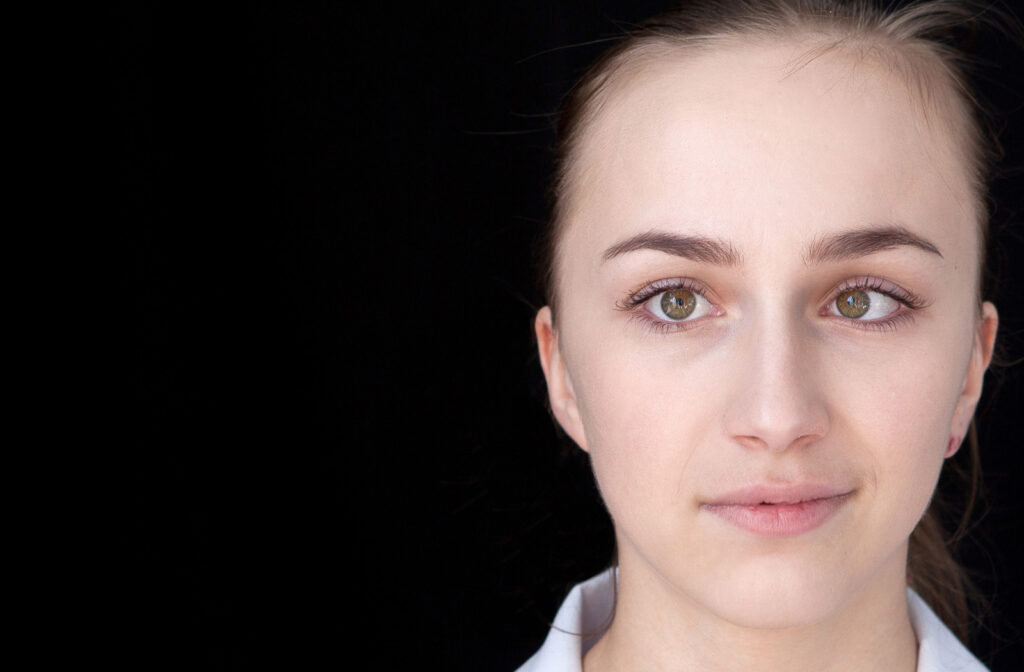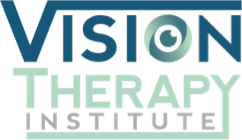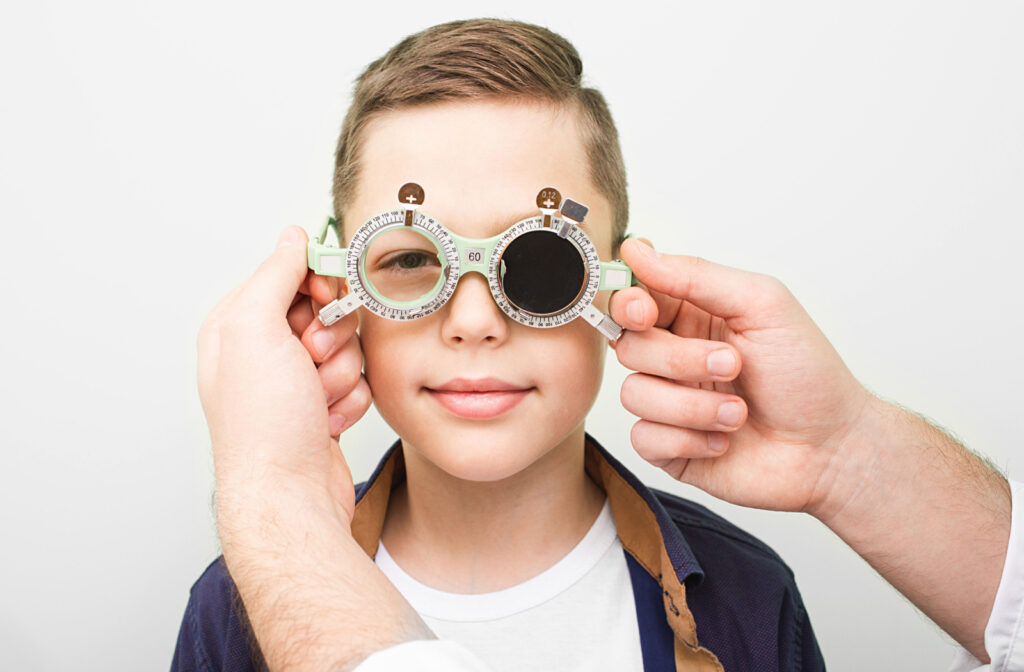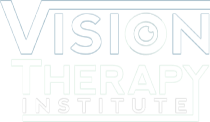Lazy eye, or amblyopia, is a common childhood condition that affects a person’s ability to use both eyes together as a team. This condition is usually diagnosed during one of your first eye exams and treated early in childhood. But what if it goes untreated? And when is it too late to treat lazy eye?
Lazy eye is easiest to treat in children younger than 6, although optometric vision therapy can help any age improve their vision.
What Is Lazy Eye?
Amblyopia is a vision development disorder that mainly occurs during early childhood. The condition occurs when the brain and the eyes don’t work together, resulting in one eye having a stronger connection to the brain than the other. This weaker eye is often called “lazy,” but that doesn’t mean your child isn’t trying their best to see. The eye isn’t actually lazy—something is blocking it from working correctly.
This imbalance could lead to reduced vision and depth perception in the weaker eye, affecting their future ability to perform everyday tasks such as reading, driving, and playing sports.
The most common symptom of lazy eye is a noticeable visual misalignment, where one eye can appear turned inwards or outwards. Other symptoms of lazy eye can sometimes be challenging to recognize, especially if your child can’t communicate what they’re experiencing. It’s common for parents not to realize their child has a lazy eye until an eye exam.
However, there are some signs you could notice, such as:
- Excessive squinting
- Tilting their head
- Shutting an eye
Children with poor depth perception caused by lazy eye may have difficulty with coordination, such as catching a ball or climbing stairs, and may struggle in school because they can’t see the teaching material.
What Causes Lazy Eye?
Lazy eye results from a breakdown in the communication between the eyes and the brain. The brain is unable to fuse the images from both eyes into a single, clear image. Many times, this is because the vision in one eye is significantly worse, and your brain eventually decides to ignore that image.
In some ways, this makes sense. Trying to fuse a clear and blurry image can be discomforting, so the brain relies on the stronger eye. However, the affected eye doesn’t get used and only gets weaker over time.
Some eye conditions that can cause lazy eye include:
- Strabismus (turned or crossed eye)
- Having one eye with a stronger prescription
- Cataracts
Children could be born with lazy eye or develop it later. While doctors aren’t always sure what causes lazy eye, some factors can increase your child’s odds of having it, including:
- Genetics
- Premature birth
- Being smaller than average at birth
- Developmental disabilities
Optometric Vision Therapy
Optometric vision therapy is a noninvasive treatment that uses a range of activities, exercises, and devices to improve how the brain and eyes work together. It’s designed to help individuals with eye conditions such as lazy eye train their essential visual skills.
Optometric vision therapy is performed by a trained specialist who uses a variety of techniques to promote eye coordination and improve visual acuity.
Your child’s eyes are unique, so doctors and therapists should customize their plans to work on the specific skills they need to improve. For lazy eye, therapy focuses on stimulating the communication between the brain and the affected eye. These exercises could include things like lenses, prisms, and filters or exciting new digital therapies using virtual reality.
Who Can Benefit from Optometric Vision Therapy for Lazy Eye?
Children diagnosed with lazy eye can benefit greatly from optometric vision therapy, as early treatment tends to have better outcomes.
If you have lazy eye, though, there’s good news because adults with lazy eye could also benefit from vision therapy. It can be more difficult since adults generally have less neuroplasticity, the brain’s ability to change how it functions. However, adults also tend to have more discipline when following an exercise regimen. So, even if it takes longer, adults could still experience improvement from vision therapy.
What Other Issues Can Optometric Vision Therapy Treat?

Optometric vision therapy goes beyond lazy eye. Since eye issues can affect a wide range of visual skills, vision therapy focuses on evidence-based treatments to improve those skills.
Eye issues vision therapy can address include:
- Crossed eyes
- Lazy eye
- Poor eye-hand coordination
- Difficulties with visual comfort, ease, and efficiency
- Trouble processing and interpreting visual information
- Poor depth perception
- Visual issues after concussions
For the sports stars among us, vision therapy can also up your game by improving dynamic visual acuity, visual tracking, and reaction time.
Supporting Your Family’s Vision
Let’s take a step back to the question, “When is it too late to treat lazy eye?” The answer is it’s almost never too late! While early intervention is ideal, adults can still benefit from treatment options such as vision therapy.Give us a call at Vision Therapy Institute if you or your child experiences symptoms of lazy eye. Early treatment can lead to better outcomes, so request an appointment, and let’s plan for your child’s long-term eye health today!





